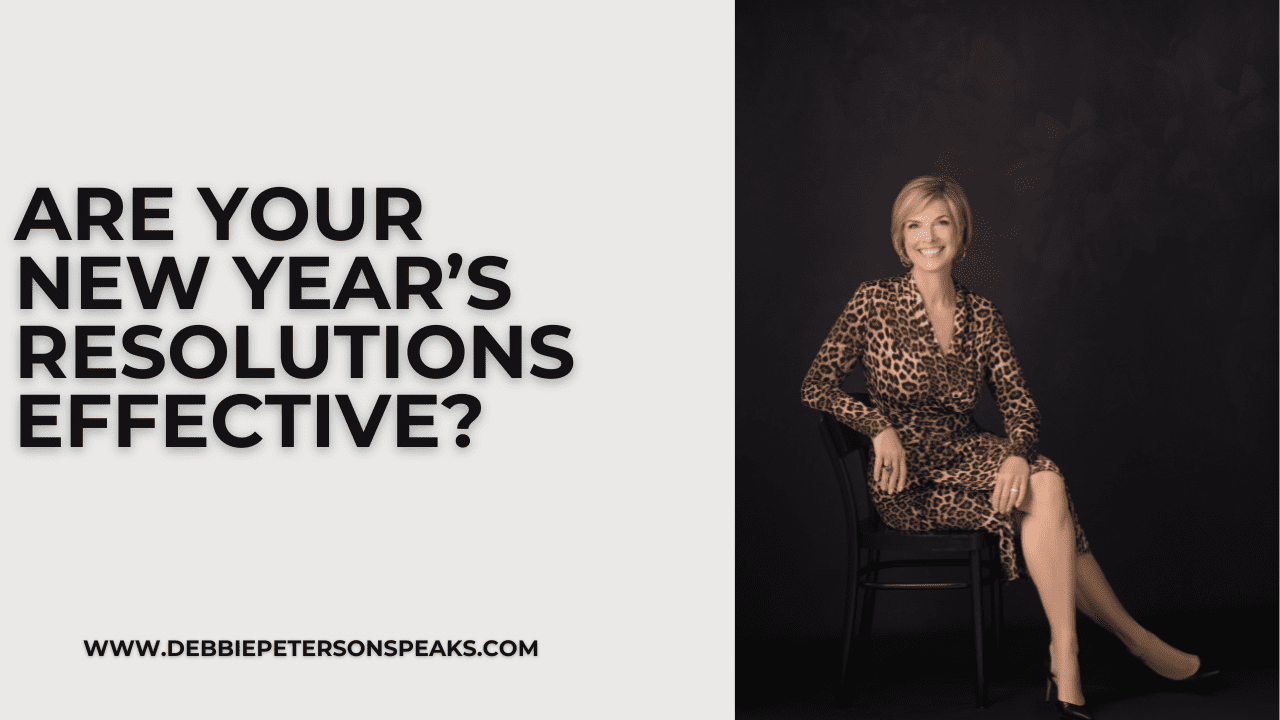As we approach the end of the year, many professionals and emerging leaders begin to think about New Year’s resolutions. It’s a tradition that’s both celebrated and often met with skepticism. You might wonder whether setting New Year resolutions is effective for personal and professional growth.
Understanding New Year Resolutions
New Year resolutions are commitments we make at the start of a new year to achieve specific goals or make changes in our lives. These resolutions often stem from a desire for personal improvement, whether it’s related to health, career, or personal relationships. In a professional context, leaders might set resolutions (or maybe you label their goals in the professional environment) to enhance their leadership skills, improve team performance, or achieve certain business milestones.
The Pitfalls of New Year Resolutions
While the intent behind New Year resolutions is positive, they often go awry. One key reason is the mindset with which these resolutions are approached. Resolutions are frequently made in a burst of enthusiasm and optimism, without a realistic plan or consideration of the challenges you might encounter. This leads to overly ambitious goals that can quickly become overwhelming.
For instance, a leader might resolve to read one leadership book each week for the year without considering the practical steps needed to achieve this goal. Such a resolution, even though it is specific, lacks clarity and can lead to frustration and disappointment. It’s essential to remember that achieving something different requires you to DO something different.
Here’s a framework to consider instead:
- Clarify Your Aim Goal: Start by defining the broader vision behind this resolution. Your Aim Goal might be to deepen your leadership knowledge, inspire innovative thinking, or enhance your ability to lead and motivate your team. It’s a direction you want to go in and is more aspirational.
- Set Your End Goal: The End Goal here is clear and quantifiable – to read one leadership book per week. This goal is a direct, actionable step towards achieving your broader vision of enhanced leadership skills.
- Develop a Plan: Create a list of books you want to read, schedule regular reading times, and perhaps even plan to share insights with your team or in a professional group. This not only keeps you accountable but also enhances the learning experience.
- Track Your Progress: Regularly assess your reading habits. Are you keeping up with the weekly goal? What are you learning, and how can you apply this knowledge? Adjust your schedule or selection of books as needed.
- Align with Personal and Organizational Values: Ensure that the books you choose align with your personal growth goals and the values you embody or aspire to as a leader. This alignment can make the reading more relevant and impactful.
Implementing Clarity-Driven Goal Setting
As a leader, your first step is to gain clarity on what you genuinely want to achieve. This clarity helps in setting meaningful goals and aligning them with your vision for leadership and organizational growth. Start by identifying one specific area you want to improve in your leadership. This could be enhancing your decision-making skills, developing a more inclusive team culture, or improving your work-life integration.
Next, consider how achieving this goal will benefit not just you, but also your team and organization. For example, improving decision-making skills can lead to more efficient processes and better business outcomes, while fostering an inclusive culture can enhance team collaboration and innovation.
Finally, think about the steps you need to take to achieve this goal. It could involve seeking feedback, attending workshops, or dedicating time for self-reflection. Remember, the journey toward achieving your resolution is as important as the goal itself.
What should you do next?
As you approach the new year, I encourage you to set a resolution that resonates with your leadership vision. Start with one clear, achievable goal that aligns with your values and the needs of your team. Remember, the power of clarity-driven goals lies in setting realistic goals, remaining adaptable, and consistently working towards them.
For more insights on clarity-driven leadership and how it can transform your professional journey, visit DebbiePetersonSpeaks.com. Here, you’ll find resources and programs designed to help you harness the power of clarity in your leadership journey.



